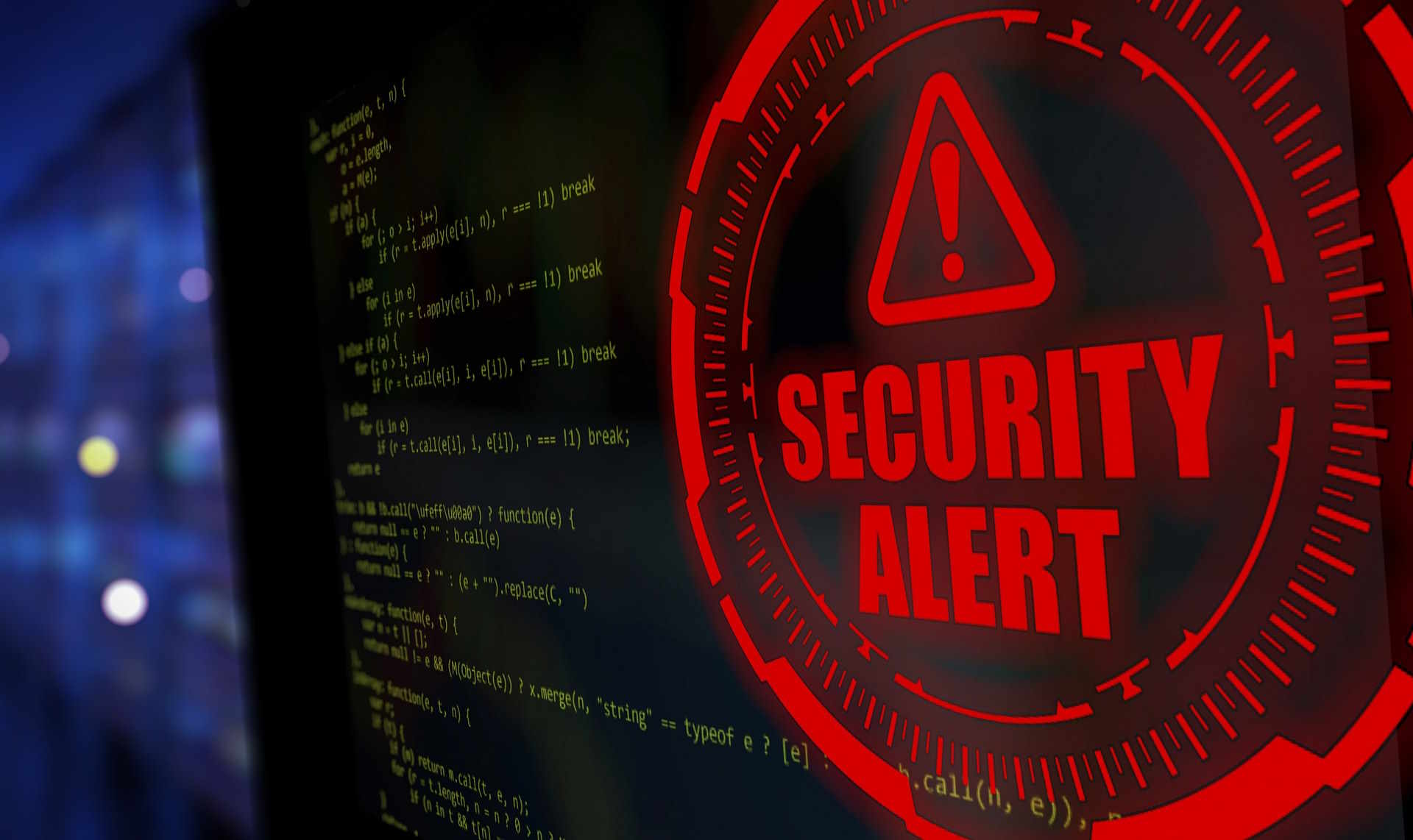Anti Virus Protection for Computers and Devices
Antivirus protection remains a foundational component of a layered defense strategy for modern computing. Whether you use a personal laptop, a work desktop, or mobile devices, antivirus solutions help detect, block, and remove malicious software. Effective protection combines up-to-date software, sensible user practices, and complementary security tools to reduce risk from common cyber threats.

How does antivirus protect your computer?
Antivirus software protects a computer by identifying known malware signatures, monitoring for suspicious behavior, and blocking malicious files before they execute. Signature-based detection matches files against a database of known threats, while heuristic and behavior-based methods flag unusual activity such as unexpected file modifications or unauthorized network connections. Real-time scanning inspects files as they are opened and written, and scheduled full-system scans look for dormant threats. Regular updates to signatures and engine components are essential for keeping detection current.
What security features should you look for?
When evaluating security features, focus on capabilities that address different attack vectors. Important features include real-time scanning, web and email protection, ransomware protection, and behavioral monitoring. A personal firewall, browser protection or secure DNS, and exploit mitigation can reduce exposure to drive-by downloads and phishing pages. For business or multi-device environments, centralized management, endpoint detection and response (EDR), and audit logging become relevant. Consider how the software integrates with your existing security stack and whether it respects privacy and system resource limits.
How does antivirus software work with other software?
Antivirus software coexists with operating systems, productivity applications, and specialized tools. Integration requires careful configuration to avoid conflicts: exclusions can prevent interference with development builds, backups, or virtualization platforms that generate many temporary files. Many modern antivirus products offer APIs or management consoles to coordinate with patch management, identity solutions, and endpoint management systems. Accurate reporting and minimal false positives allow teams to react faster; conversely, poorly configured scanning can slow performance or disrupt workflows.
How does current technology change antivirus capability?
Advances in technology have expanded antivirus capabilities beyond signature matching. Machine learning and cloud-based telemetry enable faster detection of new threats by analyzing patterns across many devices. Sandboxing and virtualization allow suspicious files to be executed safely to observe behavior before permitting them onto a system. Threat intelligence feeds and automated correlation help security teams prioritize alerts. However, attackers also use sophisticated techniques such as fileless malware and polymorphic code, so relying solely on a single detection method is insufficient.
How does antivirus fit into broader cyber defense?
Antivirus is one component of cyber defense that complements practices like patching, network segmentation, access control, encryption, and user training. Cyber threats often succeed through a chain of events—an unpatched vulnerability, a deceptive email, or weak credentials—so layered controls reduce the chance of compromise. For organizations, combining endpoint protection with intrusion detection, secure backups, and incident response plans improves resilience. For individuals, antivirus plus timely system updates, cautious browsing, and regular backups form a practical baseline.
Conclusion
Antivirus protection remains a practical and necessary element of maintaining device hygiene and reducing exposure to malware. Its effectiveness depends on combining updated software, appropriate configuration, and other security measures such as patching and safe user behavior. By treating antivirus as part of a broader cyber strategy rather than a standalone solution, users and organizations can better manage evolving threats and reduce the potential impact of malware incidents.





